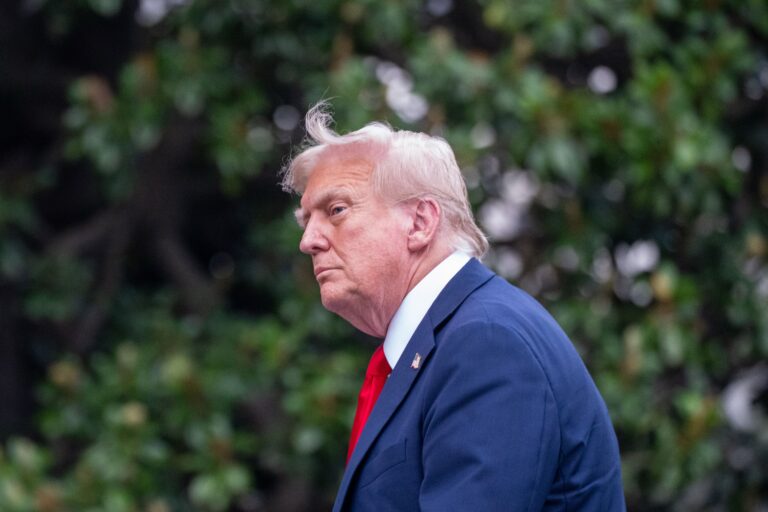US President Donald Trump and Chinese leader Xi Jinping met for the first time in six years, offering a cautious sense of optimism that tensions between the world’s two largest economies might ease. Trump described the talks in South Korea as “amazing,” while Beijing said both sides had agreed to tackle “major trade issues.” Relations have been strained since Trump imposed heavy tariffs on Chinese goods, prompting swift retaliation. A temporary truce in May did little to calm the standoff.
The meeting produced no formal trade agreement but suggested progress. Negotiators have spent months working to resolve long-standing disputes over trade and technology. Trade deals typically take years, but Trump’s aggressive tariffs forced other nations to act quickly. Many of those affected are in Asia, where Trump has spent the past week pursuing economic initiatives.
China eases rare earth restrictions and revives US farm purchases
China agreed to lift export limits on rare earth minerals, essential for electronics, electric vehicles, and military equipment. The move marked a symbolic win for Trump. Speaking aboard Air Force One, he said China would immediately resume buying “tremendous amounts of soybeans and other farm products.” Retaliatory tariffs from Beijing had nearly stopped US soybean imports, harming American farmers — a key constituency for Trump.
US Treasury Secretary Scott Bessent confirmed that China would purchase 12 million metric tonnes of soybeans this season and commit to at least 25 million tonnes annually for the next three years. Washington also announced it would ease some tariffs on chemicals linked to fentanyl production, a drug issue Trump has repeatedly criticized China, Canada, and Mexico for allowing into the US.
Sean Stein, president of the US-China Business Council, described the progress on rare earths and tariffs as the most meaningful outcome of the talks. He said it provided businesses with stability to address long-standing trade challenges. Still, many tariffs remain in place, leaving US importers paying more than 40 percent in taxes on Chinese goods.
For Beijing, the talks offered new diplomatic openings. Trump revealed that Xi could soon meet Jensen Huang, CEO of US tech firm Nvidia, central to the battle over AI chips. China seeks high-end processors, while Washington continues to limit exports for security reasons. Xi also invited Trump to visit China in April, signaling warmer ties. However, no progress emerged on TikTok, whose US operations remain under dispute.
Xi stays composed while Trump pushes for results
The meeting highlighted stark differences in the leaders’ approaches. Xi remained calm and deliberate, sticking to prepared statements. China entered the talks from a strong position, having diversified trade partners and reduced reliance on the US. After the meeting, Xi said both nations would work on results that serve as a “reassuring pill” for their economies.
Trump appeared more tense than during earlier stops on his Asia tour. Gone were the grand palaces and ceremonial parades. The leaders met inside a guarded airport building surrounded by police and media. Despite the understated setting, the 80-minute conversation became the defining moment of Trump’s trip.
Henry Wang, a former adviser to China’s State Council, said the discussions “went very well.” While no trade deal was finalized, he said both leaders had created “a framework and structure” for future cooperation. He described the outcome as “a good start” toward stabilizing one of the world’s most crucial but fragile economic relationships.


